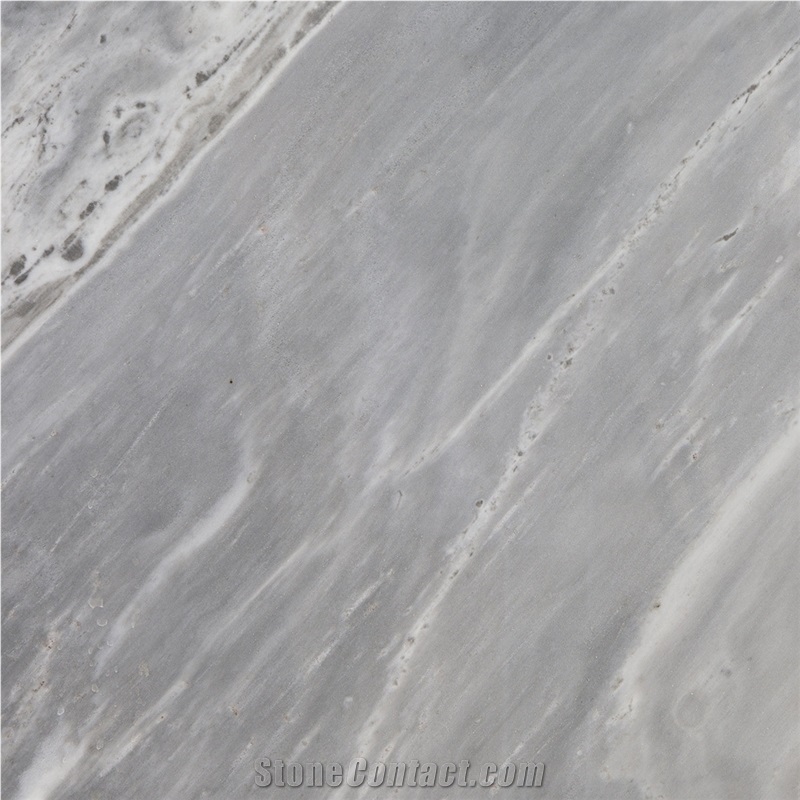How can I clean Bardiglio Ducale Marble floor tiles?
To clean Bardiglio Ducale Marble floor tiles, follow these steps:
1. Remove loose dirt and debris: Start by sweeping or vacuuming the floor to remove any loose dirt, dust, or debris. This will prevent scratching during the cleaning process.
2. Prepare a gentle cleaning solution: Mix a mild pH-neutral cleaner with warm water. Avoid using acidic or abrasive cleaners as they can damage the marble surface. Some suitable options include dish soap, a few drops of baby shampoo, or a specialized marble cleaner.
3. Test the solution: Before applying the cleaning solution to the entire floor, its wise to test it on a small, inconspicuous area. This ensures that it doesnt cause any discoloration or damage to the marble.
4. Apply the cleaning solution: Moisten a soft, non-abrasive mop or cloth with the cleaning solution and gently wipe the Bardiglio Ducale Marble floor tiles. Avoid excessive moisture as marble is prone to water damage. Also, work in small sections to prevent the solution from drying on the surface.
5. Scrub gently: For any stubborn stains or grime, use a soft-bristle brush or a non-abrasive sponge to gently scrub the affected area. Avoid using excessive force as it can scratch or damage the marble.
6. Rinse the floor: After cleaning, rinse the floor tiles thoroughly with clean water to remove any residual cleaning solution. This step is crucial to prevent any residue from causing a dull appearance on the marble.
7. Dry the floor: Wipe the floor dry with a soft, clean microfiber cloth to prevent water spots or streaks. Make sure all areas are properly dried, including grout lines.
8. Polish (optional): If desired, you can polish Bardiglio Ducale Marble tiles to enhance their shine. Use a specialized marble polish and follow the manufacturers instructions.
9. Maintain regular care: To keep your Bardiglio Ducale Marble floor tiles looking their best, practice regular care. This includes promptly wiping up spills, using coasters or mats under heavy furniture, and avoiding harsh chemicals or abrasive cleaners.
Remember, marble is a delicate material, so its crucial to be gentle and cautious during the cleaning process. If you have any doubts or concerns, its recommended to consult a professional marble cleaner.
To clean Bardiglio Ducale Marble floor tiles, follow these steps:
1. Remove loose dirt and debris: Start by sweeping or vacuuming the floor to remove any loose dirt, dust, or debris. This will prevent scratching during the cleaning process.
2. Prepare a gentle cleaning solution: Mix a mild pH-neutral cleaner with warm water. Avoid using acidic or abrasive cleaners as they can damage the marble surface. Some suitable options include dish soap, a few drops of baby shampoo, or a specialized marble cleaner.
3. Test the solution: Before applying the cleaning solution to the entire floor, its wise to test it on a small, inconspicuous area. This ensures that it doesnt cause any discoloration or damage to the marble.
4. Apply the cleaning solution: Moisten a soft, non-abrasive mop or cloth with the cleaning solution and gently wipe the Bardiglio Ducale Marble floor tiles. Avoid excessive moisture as marble is prone to water damage. Also, work in small sections to prevent the solution from drying on the surface.
5. Scrub gently: For any stubborn stains or grime, use a soft-bristle brush or a non-abrasive sponge to gently scrub the affected area. Avoid using excessive force as it can scratch or damage the marble.
6. Rinse the floor: After cleaning, rinse the floor tiles thoroughly with clean water to remove any residual cleaning solution. This step is crucial to prevent any residue from causing a dull appearance on the marble.
7. Dry the floor: Wipe the floor dry with a soft, clean microfiber cloth to prevent water spots or streaks. Make sure all areas are properly dried, including grout lines.
8. Polish (optional): If desired, you can polish Bardiglio Ducale Marble tiles to enhance their shine. Use a specialized marble polish and follow the manufacturers instructions.
9. Maintain regular care: To keep your Bardiglio Ducale Marble floor tiles looking their best, practice regular care. This includes promptly wiping up spills, using coasters or mats under heavy furniture, and avoiding harsh chemicals or abrasive cleaners.
Remember, marble is a delicate material, so its crucial to be gentle and cautious during the cleaning process. If you have any doubts or concerns, its recommended to consult a professional marble cleaner.
 Italy
(Provincia di Lucca, Toscana, Massa-Carrara)
Italy
(Provincia di Lucca, Toscana, Massa-Carrara)


























